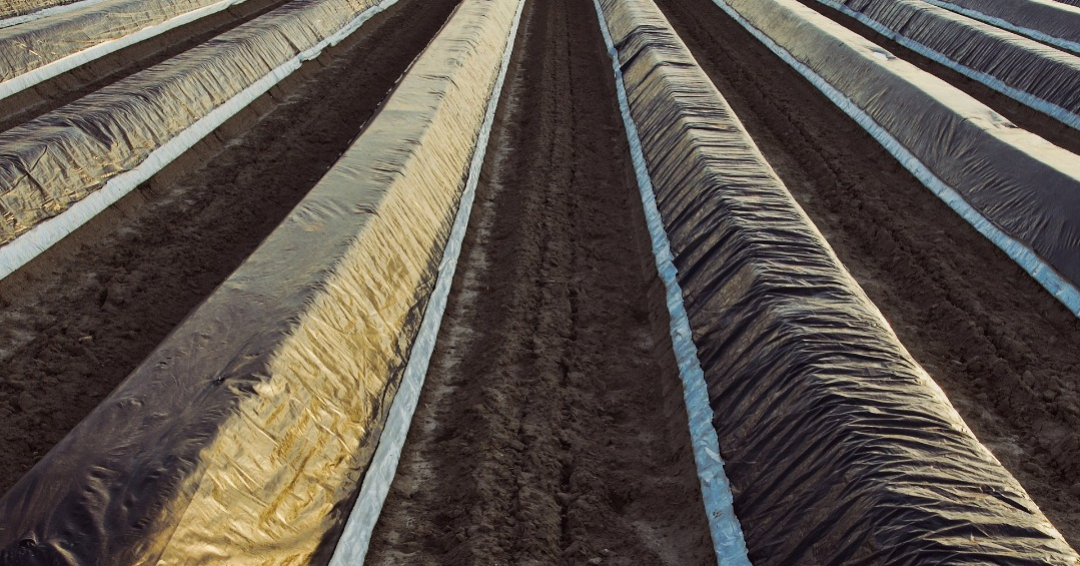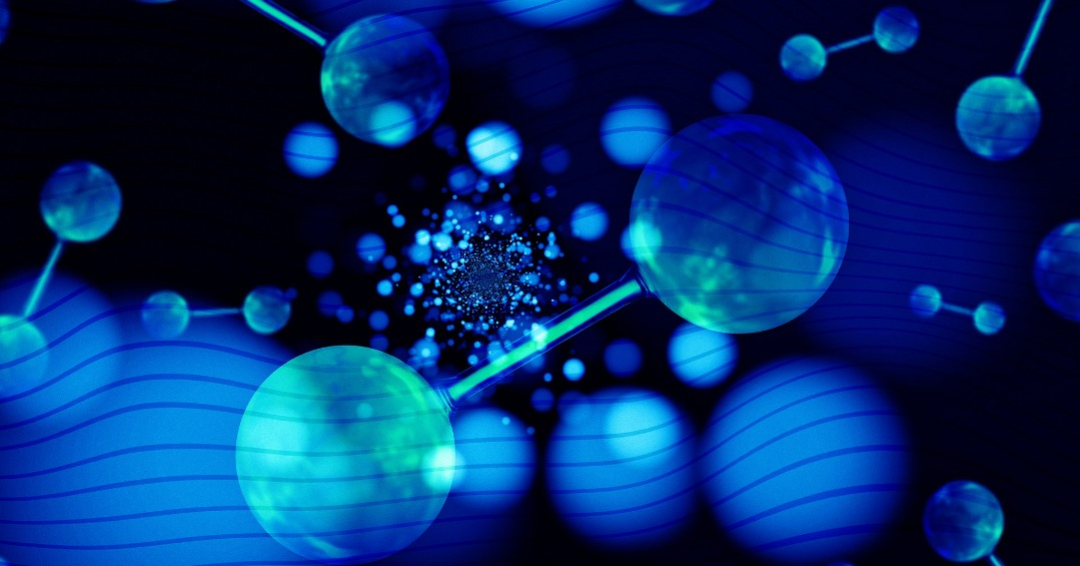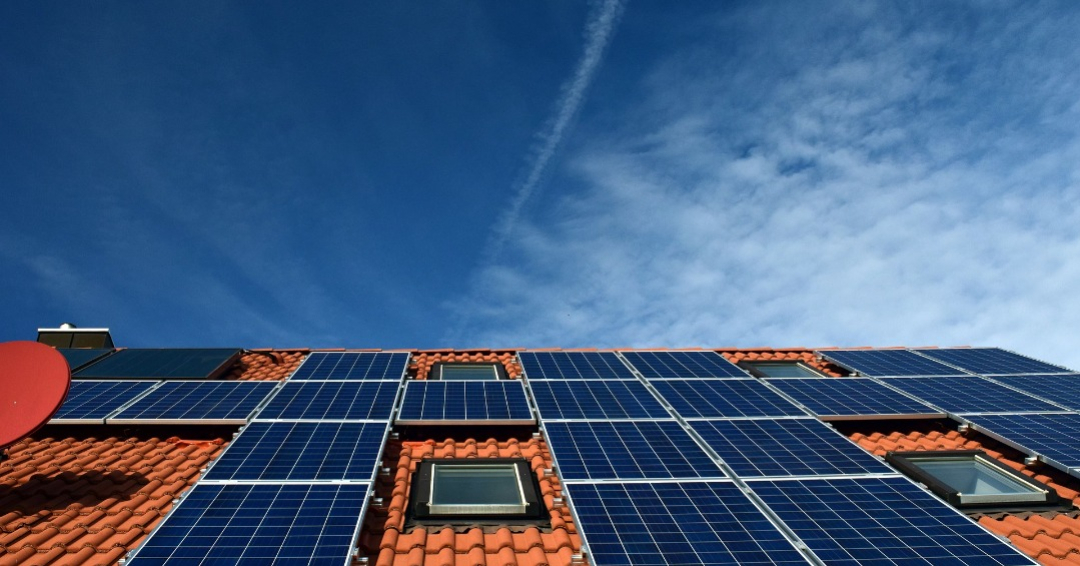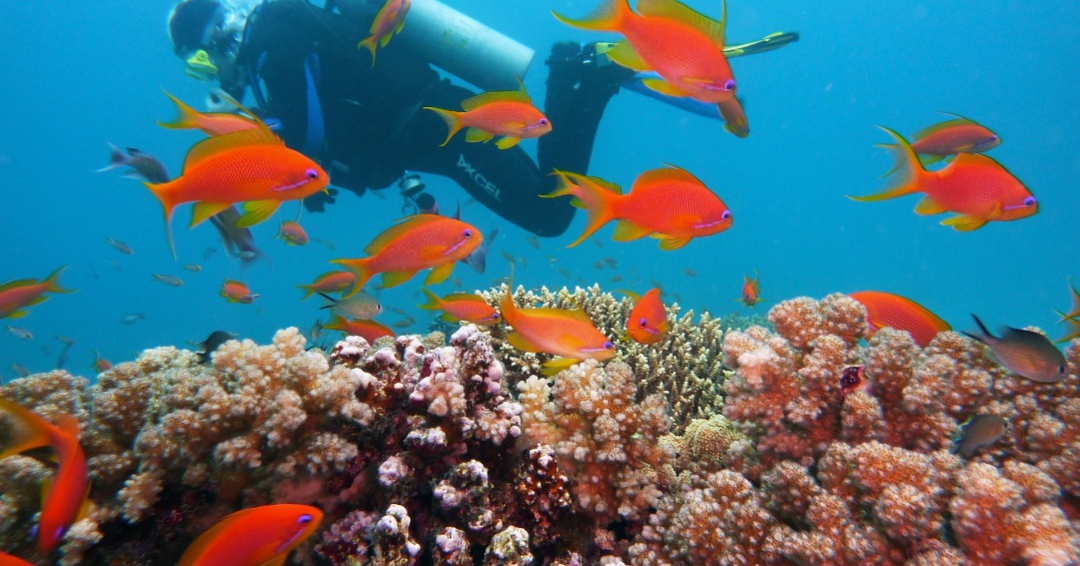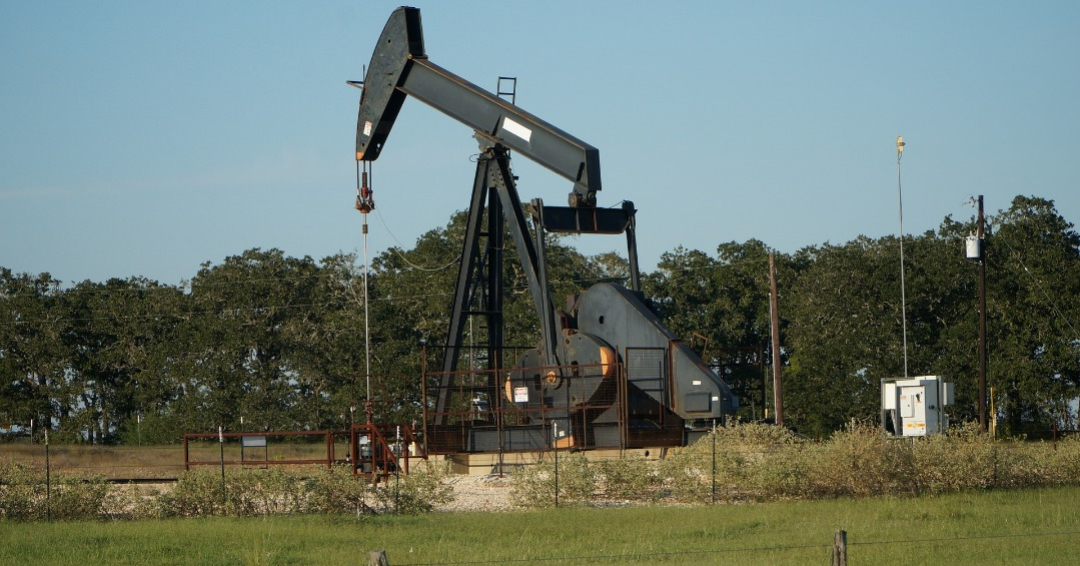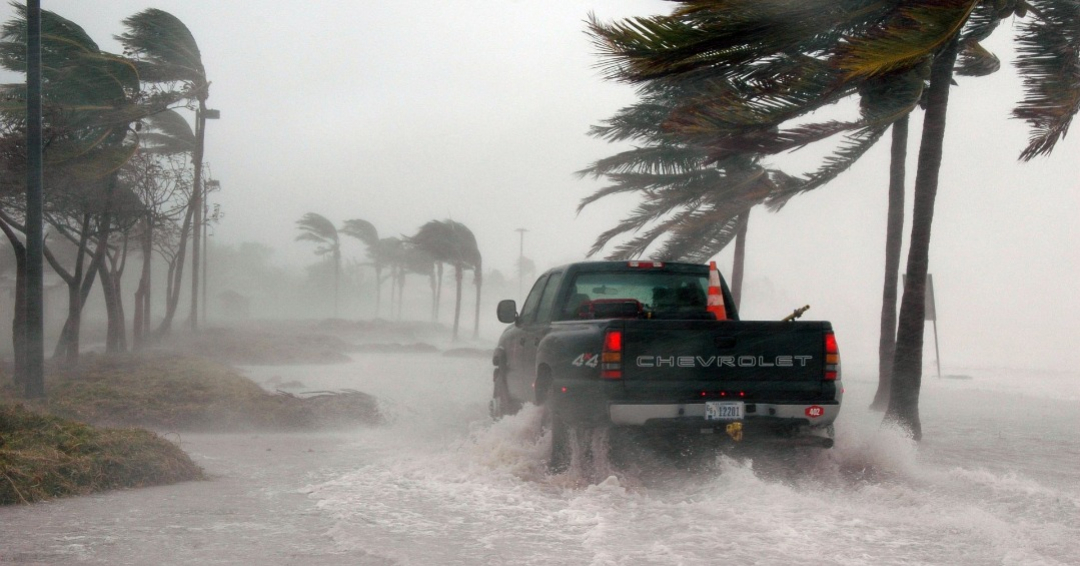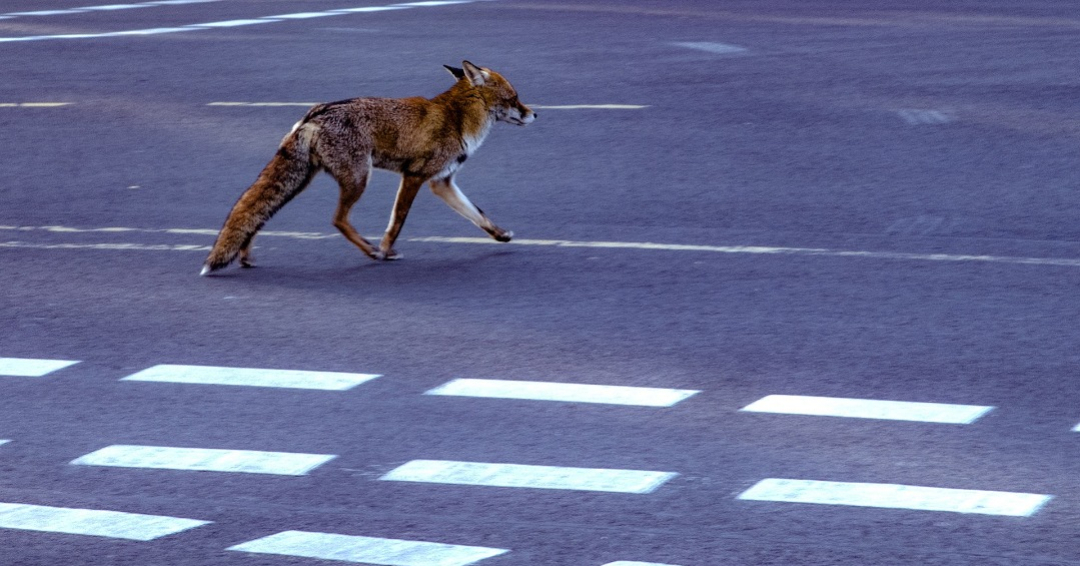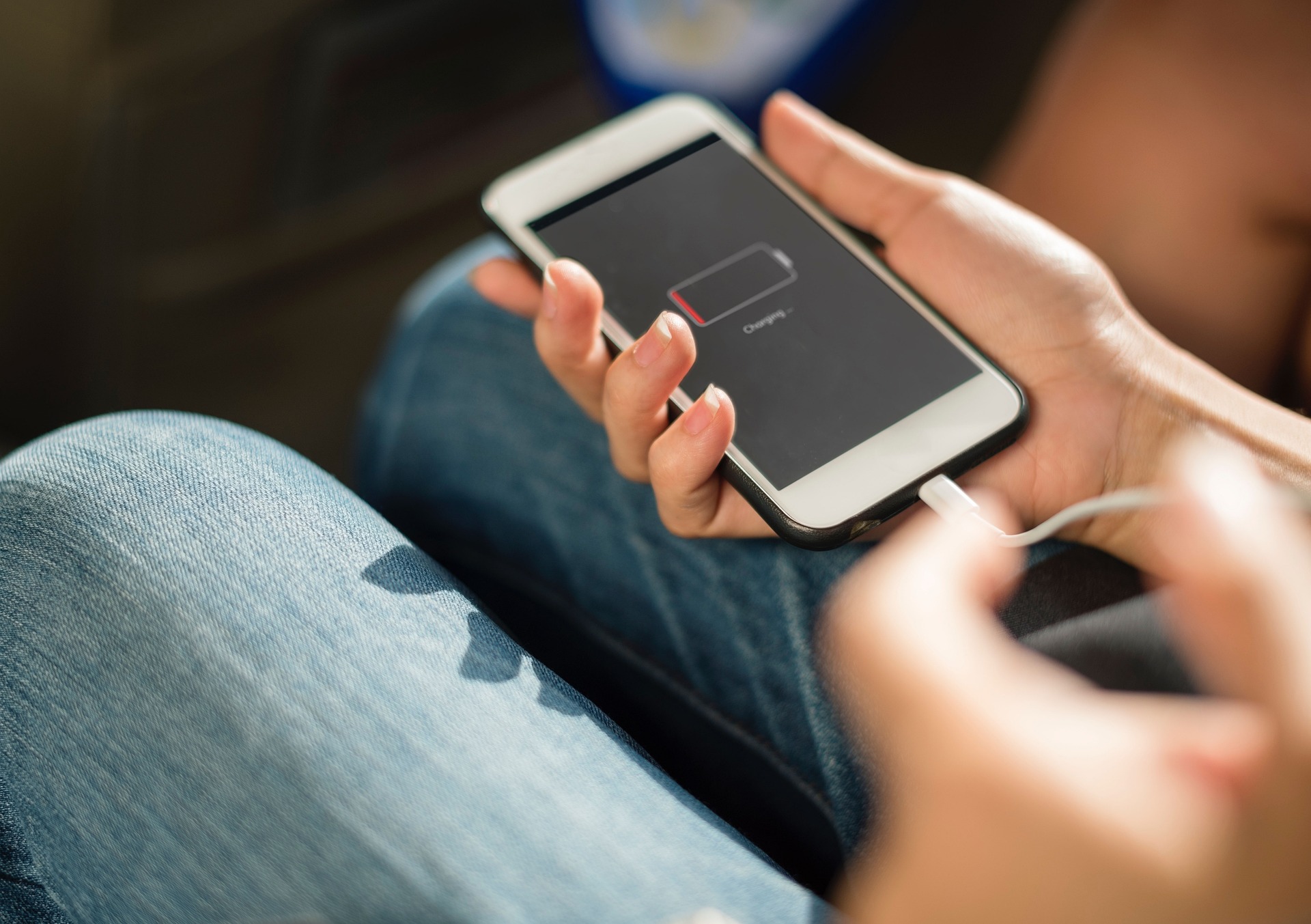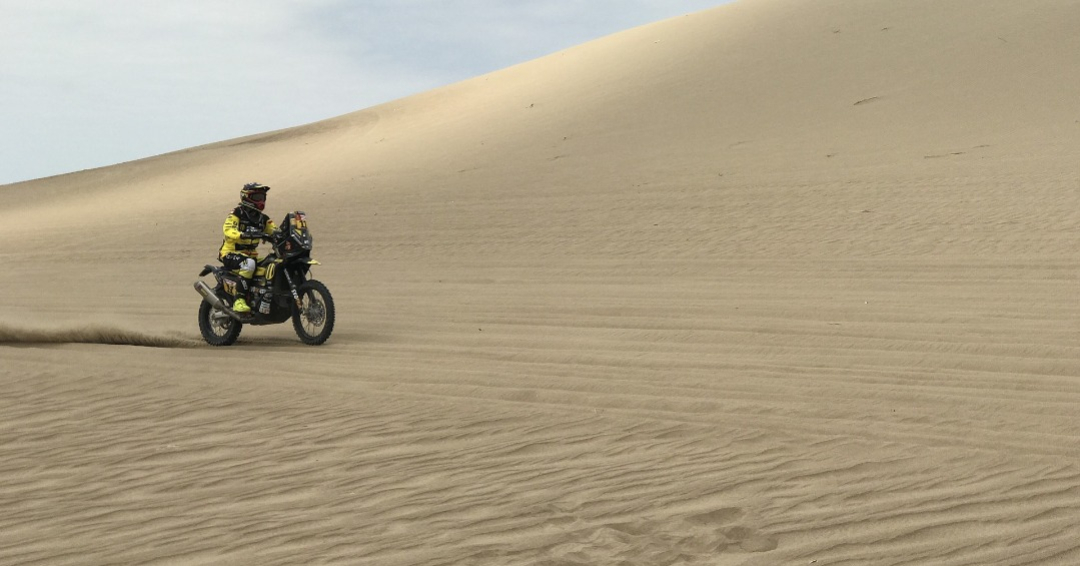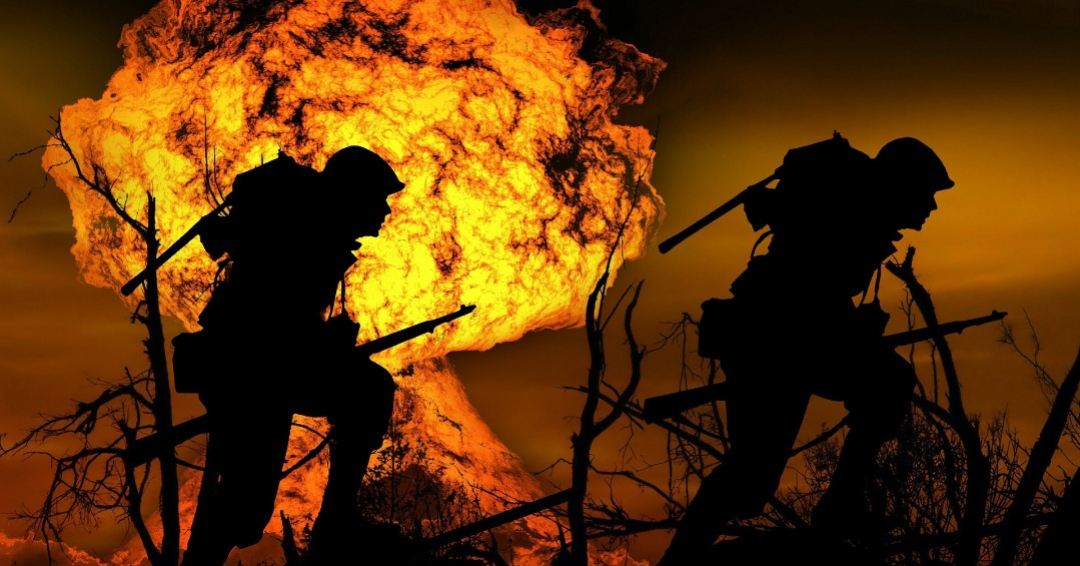Net Zero powered by Pur și Simplu Verde provides concise news, articles, and useful information about the goal of achieving net zero emissions
Net zero refers to reaching an equilibrium between emitting greenhouse gases and absorbing them. The European Union wants to reach net zero (climate neutrality) by 2050. This website publishes new scientific discoveries, local and foreign initiatives, and public policies meant to bring us closer to net zero. It was created combining Artificial Intelligence and human input from our volunteers. It is accessible in both Romanian and in English.You can send us articles you want to see published on this site or suggestions here. Enjoy!
Frequent extreme weather and increased food demand have caused a reliance on plastics in agriculture, such as in greenhouses, films for temperature control, irrigation pipes, and seed coatings. When all these products decompose, they release microplastics into the soil, altering its physiochemical properties. When humans come in contact with plastic contaminated food and water, they ingest microplastics that reach their intestines, lungs, blood, brain, and breast milk, causing inflammation of the tissues. Additionally, compounds added to plastic (like plasticizers, stabilizers and pigments) can affect the endocrine system. Researchers Liuyue He and Zhongbin Li of Wuhan University, Qian Jia of Tongji University, and Zhenci Xu of the University of Hong Kong call on authorities to encourage research...
New research suggests that large deposits of natural hydrogen may exist all around the globe a result of the water-rock reactions deep within the Earth. This hydrogen percolates up through the crust and can accumulate in underground traps. The US Geological Survey has presented a model that suggests there may be enough natural hydrogen to meet global demand for thousands of years. Dozens of startups are acquiring exploration rights for hydrogen. The American Association of Petroleum Geologists also formed its first natural hydrogen committee last year, and the USGS has started identifying potential hydrogen production areas in the United States. Mali, Australia and Spain may also become large producers of natural hydrogen...
According to Wang Dapeng, an official from the Chinese National Energy Administration (NEA), the country added 125GW of new wind and solar capacity to its grid in 2022, bringing its cumulative renewable energy capacity to over 1,200GW. Wind energy saw 37.6GW of new capacity, while solar capacity saw 87.4GW. China's wind and solar energy generation is now close to the amount of electricity needed to power every home in the country, Bloomberg announces. In 2022, renewable generation is expected to hit 1,190TWh, while residential power consumption will reach 1,350TWh, indicating a big milestone for China. That being said, the International Energy Agency (IEA) reported in 2020 that only 17% of ...
It takes from three to 10 years, for a coral to build an adult-sized skeleton, depending on the species. To accelerate the process of growing replacement corals, Coral Maker, a company founded by Taryn Foster, is utilizing an innovative technique. She is designing and constructing artificial reef structures that mimic the natural skeletons of corals and are optimized to promote coral growth. Foster is using materials such as limestone and builds the skeletons with ...
Myles Allen, a professor of geosystems science at the University of Oxford along with four other scientists from the US and the Netherlands, have proposed that fossil fuel companies should be required to capture and store the carbon dioxide generated by their products as a condition of being allowed to operate. This idea is outlined in a paper the group of scientists published in the magazine Environmental Research Letters. Under a so called "carbon take back obligation", fossil fuels extracted or imported into a nation or group of nations would be offset by storing underground an amount of carbon dioxide equivalent to that generated by that fuel. This could help the world store 100% of emissions by 2050. It is...
Rising sea levels and climate change together could lead to consecutive hurricanes and tropical storms hitting coastal areas like the Gulf Coast as often as every 3 years, according to a study recently published in the journal Nature Climate Change. In 2017, after a particularly destructive hurricane season (Harvey, Irma and Maria), researchers started raising questions about the increasing frequency of sequential hurricanes. Their theories were confirmed in 2021 when hurricane Ida struck Louisiana, followed shortly by Tropical Storm Nicholas in Texas. Researchers are broadly in agreement that climate change will increase the intensity of Atlantic hurricanes in the coming century, although they remain at odds over whether it will also lead to an increase in their frequency. But storms of greater intensity...
Global warming is driving a greater number of human-wildlife conflicts all over the world, on all continents and oceans, shows a new research paper published in Nature Climate Change. The study was conducted by scientists at the University of Washington's Center for Ecosystem Sentinels. The team examined human-wildlife conflicts specifically linked to the effects of climate change. Events like drought, floods, wildfires, warmer air and ocean temperatures cause aggressive behavior, while alterations of animal habitats cause disruption of food webs, driving wild animals into human settlements in search of food. As climate change intensifies, human-wildlife conflicts are likely to increase. In order to mitigate human-wildlife conflicts...
Cercetătorii de la Universitatea Tehnologică Delft au descoperit că modificarea compoziției bateriilor cu ioni de litiu le poate face să dureze mai mult. În ultimii 30 de ani, bateriile cu ioni de litiu au devenit esențiale pentru dispozitivele uzuale, dar capacitatea și durata lor de viață tind să se degradeze în timp, ceea ce poate fi costisitor și frustrant atât pentru consumatori, cât și pentru producători. Oamenii de știință olandezi au descoperit că bateriile cu ioni de litiu pot avea o viață aproape dublă prin adăugarea în compoziția lor a mai multor tipuri de săruri. Această nouă compoziție (cu patru săruri) reduce deteriorarea stratului protector dintre electrolit și anod și catod, deteriorare cauzată de încărcarea și descărcarea repetată. Cu mai multe săruri în amestec, se pierd mai puțini ioni de…
The German Sinje Gottwald recently completed a 13,000 km solo ride on her electric CAKE Kalk AP motorcycle in 124 days, definitively proving that electric vehicles can handle long-distance trips. Her journey from Spain to South Africa should hopefully put to rest any lingering hesitancy over electric vehicle reliability. This latest accomplishment follows Gottwald’s ground-breaking circumnavigation of the globe on a motorcycle, and further displays her commitment to normalizing independent female road tripping and globetrotting. This time, she journeyed with only two batteries, two chargers, tools, and spare parts for her bike, managing it all without a single flat tire and no more than 140 charges.Her motorcycle proved very resilient, requiring...
Russia’s war on Ukraine is leaving a toxic trace in the soil of one of the world's most important producers and exporters of cereals and oilseeds. Some of the heaviest hit areas are those from the south, the country’s most fertile lands. Heavy metals, fuel and chemical residues from ammunition and missiles are slowly seeping into the soil of Ukraine, threatening agricultural productivity, wildlife, and the health of local communities and leaving a hazardous legacy for future generations. Physical soil pollution also occurs when heavy machinery compacts the soil, explosions create craters, or fires damage ecosystems. Since the war in Ukraine began, over 600 chemical factories and waste storage facilities have been destroyed or damaged, causing major pollution. War has hindered waste management resulting in waste piling up


